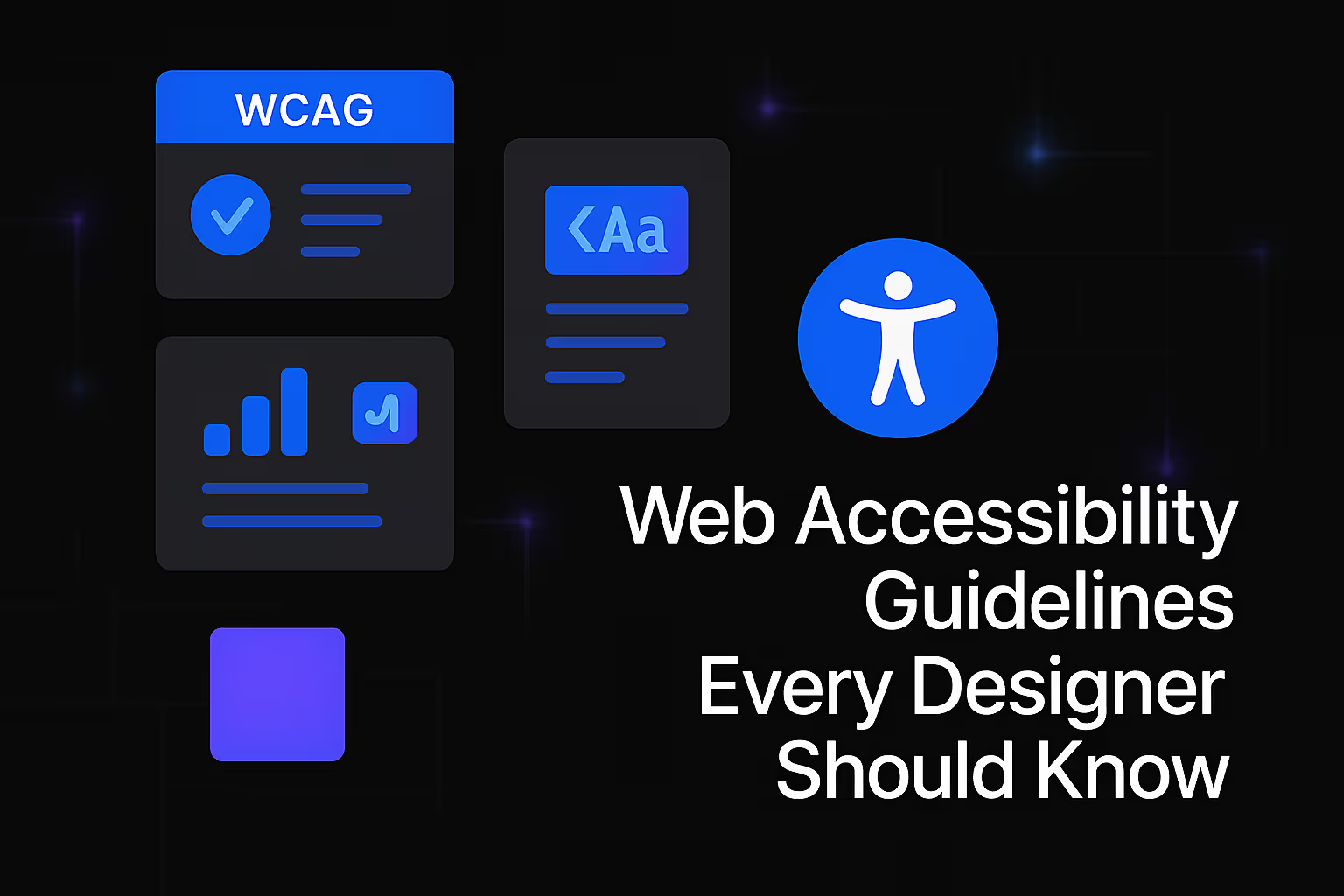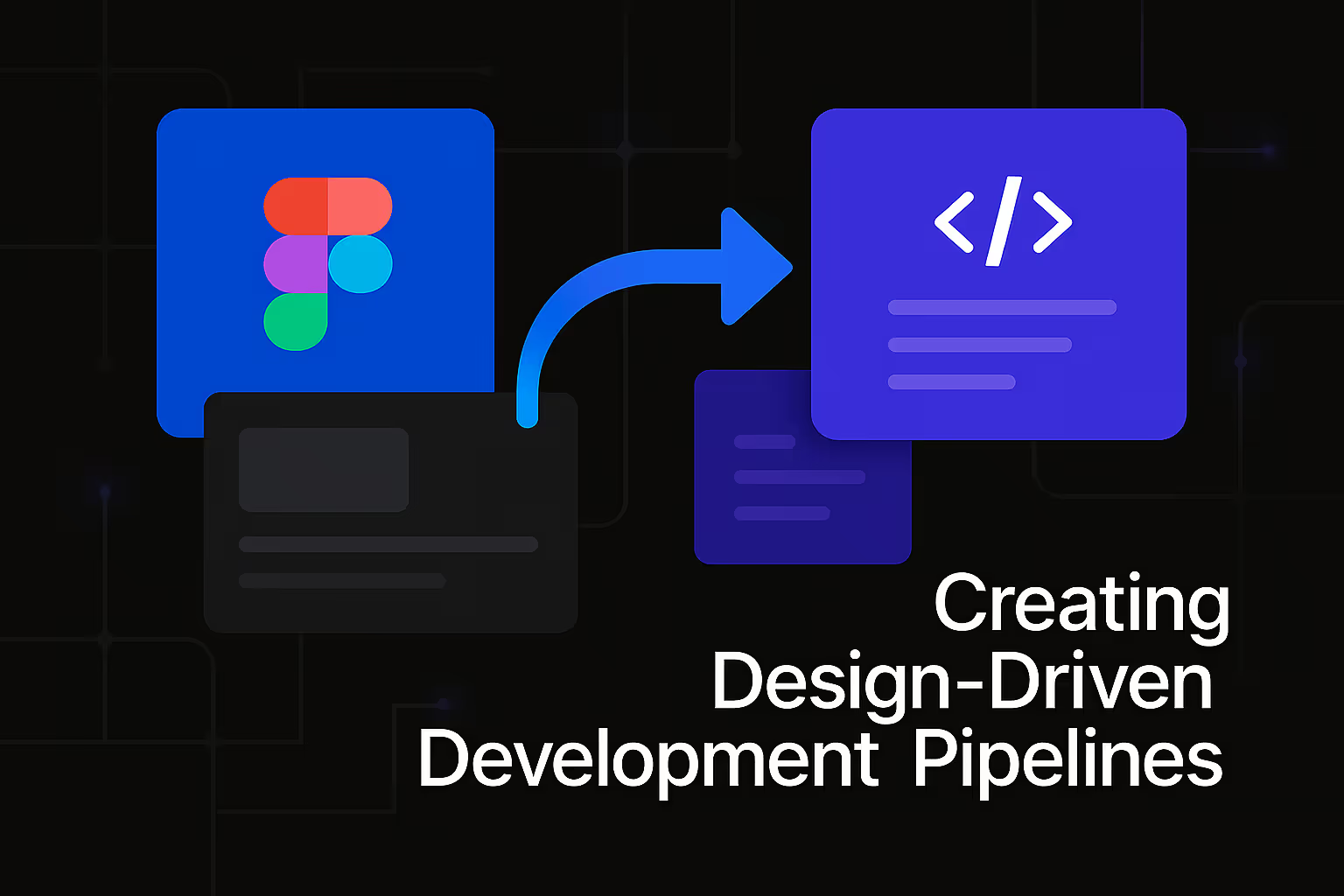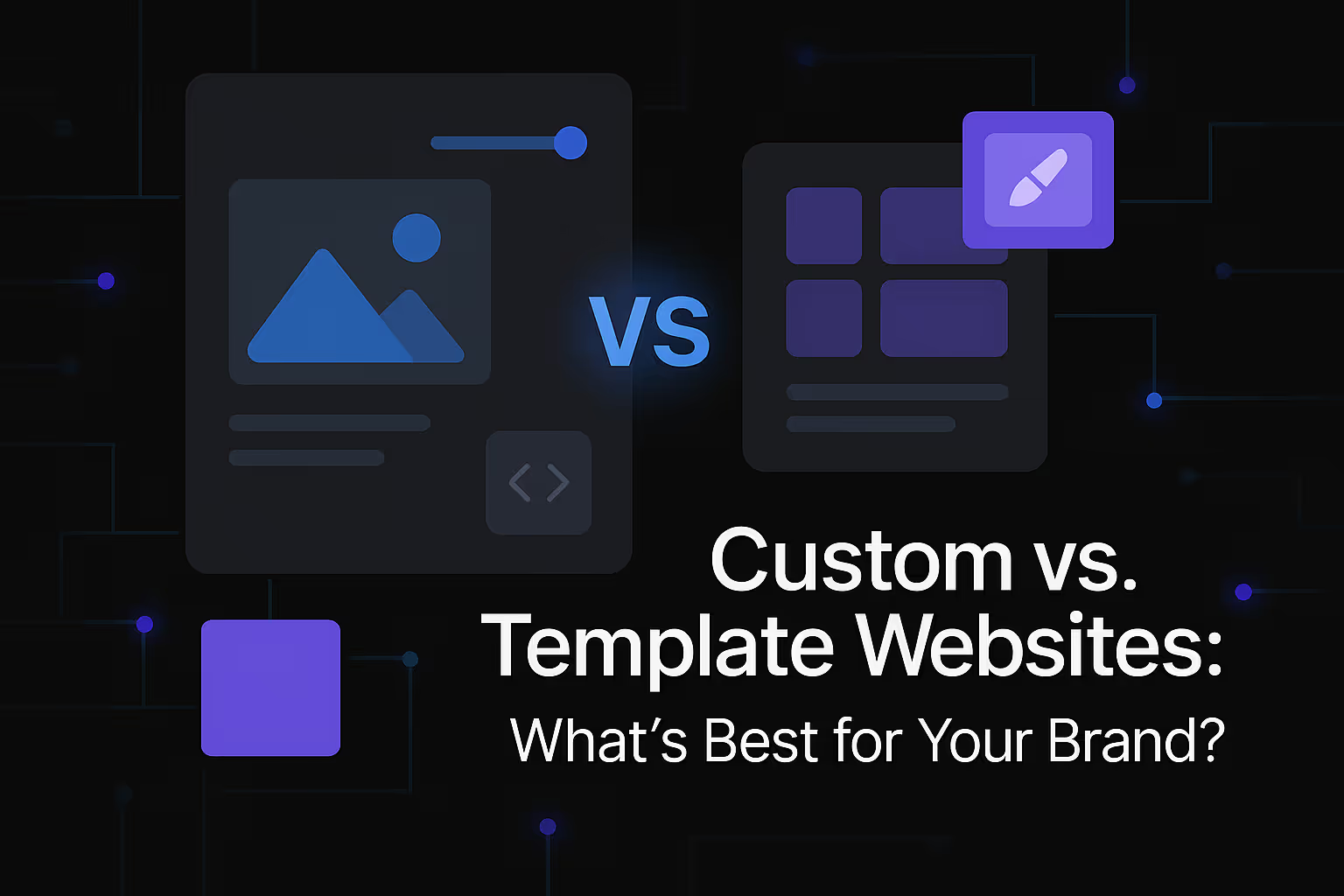Design Systems: Why Consistency Is Key to Scalability

In the dynamic world of digital product development, creating seamless, efficient, and user-friendly experiences is paramount. As organizations grow and their digital footprints expand, maintaining a cohesive and consistent brand identity and user experience across myriad touchpoints becomes increasingly challenging. This is precisely where design systems emerge as indispensable tools. Far more than just style guides or component libraries, design systems are comprehensive frameworks that encapsulate an organization's design principles, guidelines, and reusable UI components. They are living documents, evolving alongside the products they govern, and their fundamental value proposition revolves around one critical element: consistency. This deep dive will explore why consistency, meticulously woven into the fabric of a robust design system, is not merely a desirable trait but an absolute prerequisite for achieving true scalability in modern software development and beyond.
The Foundation of Efficiency: Understanding Design Systems
At its core, a design system is a single source of truth for an organization's design and development efforts. It's a structured collection of interconnected patterns and practices that ensures uniformity and efficiency in the creation of digital products. Imagine a meticulously organized toolbox, where every wrench, hammer, and screwdriver is clearly labeled, perfectly suited for its specific task, and readily accessible to anyone who needs it. This analogy begins to capture the essence of a well-implemented design system.
The components within a design system are not just visual elements; they are coded components, readily available for developers to implement. This dual nature—design and code existing in harmonious synchronicity—is what elevates a design system from a static documentation set to a dynamic, actionable framework. This approach minimizes redundant work, accelerates development cycles, and significantly reduces the potential for inconsistencies to creep into the product ecosystem. When a new feature needs to be built, designers don't have to reinvent the wheel, and developers don't have to write code from scratch for common UI elements. Instead, they leverage pre-existing, vetted components, ensuring a swift and consistent output.
A common misconception is that design systems stifle creativity. On the contrary, by handling the foundational elements of design and interaction, a design system frees up designers and developers to focus on higher-level problems, innovate on unique user flows, and truly push the boundaries of user experience. It provides guardrails, not handcuffs, enabling teams to build faster, smarter, and with greater confidence, knowing that the underlying aesthetic and functional principles are consistently applied. The initial investment in building a comprehensive design system might seem substantial, but the long-term returns in efficiency, quality, and maintainability far outweigh the upfront effort.
Deconstructing the Elements of a Comprehensive Design System
A truly effective design system is multifaceted, encompassing various elements that work in concert to achieve consistency and scalability. Understanding these constituent parts is crucial to appreciating the holistic power of such a system.
First and foremost are the design principles. These are the guiding philosophies that underpin every design decision. They articulate the "why" behind the design choices and serve as a compass for the entire team. For example, a principle might be "clarity over cleverness," influencing everything from typography to icon design. These principles ensure that even as the system evolves, the core values of the brand and user experience remain intact.
Next, we have the visual language, which defines the aesthetics of the product. This includes aspects like color palettes, typography scales, iconography, spacing rules, and imagery guidelines. A consistent visual language ensures brand recognition and a cohesive look and feel across all applications. It's about establishing a visual grammar that users instinctively understand and trust.
UI component libraries are the tangible building blocks of the design system. These are reusable, pre-built interface elements such as buttons, forms, navigation menus, cards, and modals. Each component comes with its documented usage guidelines, states (e.g., active, disabled, hover), and accessibility considerations. These components are often developed in parallel by design and engineering teams, ensuring parity between design specifications and coded implementations. This synchronized development process is critical for maintaining consistency between what is designed and what is ultimately built.
Content guidelines are another often-overlooked but vital element. These dictate the tone of voice, terminology, and messaging strategy used throughout the product. Consistent language reinforces brand identity and improves user comprehension. Imagine a product where some messages are formal and others casual, or where the same action is described using different terms. This creates confusion and erodes trust. Content guidelines ensure a unified voice.
Finally, documentation and governance are the glue that holds the entire system together. Comprehensive documentation explains how to use each component, apply design principles, and contribute to the system. Governance defines the processes for updating, maintaining, and evolving the design system, ensuring its long-term viability and relevance. Without clear documentation, even the most robust system can fall into disuse, and without governance, it risks becoming outdated or fragmented.
The Indispensable Role of Consistency
Consistency in design systems extends far beyond mere aesthetic uniformity. It is a strategic imperative that profoundly impacts user experience, development efficiency, brand perception, and, ultimately, the ability of a digital product to scale.
From a user experience (UX) perspective, consistency fosters familiarity and reduces cognitive load. When users encounter consistent patterns, interactions, and visual cues across different parts of an application or across an entire product suite, they don't have to re-learn how to navigate or interact. This predictability builds trust and confidence, leading to a more intuitive and satisfying user journey. Imagine ordering from an e-commerce site where the "add to cart" button looks and behaves differently on every product page. This inconsistency would create frustration and hesitation. Conversely, a consistent experience allows users to focus on their goals rather than on deciphering the interface. This translates to increased user satisfaction, higher engagement, and better conversion rates. Consistency in UX also significantly contributes to accessibility. By ensuring that interactive elements behave predictably and that visual cues are consistently applied, design systems inherently support users with diverse needs and abilities.
For development efficiency, consistency is a game-changer. Developers can reuse existing code components, significantly reducing the time and effort required to build new features or products. This "build once, use everywhere" philosophy minimizes technical debt and makes the codebase more manageable. When every team uses the same design system components, troubleshooting becomes simpler, and updates can be rolled out globally with greater ease. Instead of individual teams creating their own versions of common elements, leading to a fragmented and difficult-to-maintain codebase, a centralized design system ensures a unified and efficient development pipeline. This efficiency is particularly critical in agile environments where rapid iteration and deployment are the norms.
Brand consistency is another critical benefit. A consistent visual and interactive experience reinforces brand identity and strengthens brand recognition. Every touchpoint becomes an opportunity to communicate the brand's values and personality. In a competitive digital landscape, a strong and unified brand presence can be a significant differentiator, fostering loyalty and enhancing credibility. Inconsistent branding, on the other hand, can dilute brand perception and create confusion in the market.
Finally, consistency dramatically improves maintainability and scalability. As a product grows and evolves, and as new teams join the development effort, a design system ensures that everyone is working from the same playbook. This prevents the proliferation of disparate UI elements and coding patterns, which can quickly lead to a complex, unmanageable mess. With a consistent foundation, new features can be integrated seamlessly, and the product can expand without breaking its core user experience or requiring massive refactoring efforts. This is the essence of scalable design and development: building a resilient foundation that can support future growth without sacrificing quality or efficiency.
The Scalability Imperative: How Design Systems Enable Growth
Scalability, in the context of digital products, refers to the ability of a system to handle a growing amount of work by adding resources or evolving without a loss of performance or efficiency. For design and development, this means being able to expand the product, add new features, support more users, and onboard new teams without encountering exponential increases in complexity, cost, or time. Design systems are fundamentally designed to facilitate this kind of scalable growth.
One of the primary ways design systems enable scalability is through reduced technical debt and improved code quality. In a world without a design system, individual teams often build custom UI components for every new feature. Over time, this leads to a sprawling codebase filled with variations of the same elements, each with its own quirks and potential bugs. This "technical debt" accumulates, making it increasingly difficult and expensive to introduce changes, fix bugs, or even understand the existing code. A design system, by providing a centralized library of well-tested, high-quality components, drastically curtails this accumulation of technical debt. It ensures that every new instance of a button, for example, uses the exact same, battle-tested code, reducing the likelihood of errors and simplifying maintenance. This leads to a cleaner, more robust codebase that can scale more effectively.
Furthermore, design systems foster cross-functional collaboration and communication. By providing a common language and a shared library of assets, design systems bridge the gap between design, development, and even marketing teams. Designers hand off detailed specifications for components that developers already understand and have access to. This reduces miscommunication, eliminates guesswork, and streamlines the entire product development lifecycle. As organizations scale, the number of teams and individuals involved in product creation grows. Without a shared framework, communication breakdowns become more frequent, leading to delays and inconsistencies. A design system acts as a central hub, ensuring that all stakeholders are aligned and working towards a unified vision.
The onboarding of new team members also becomes significantly more efficient with a robust design system in place. Instead of spending weeks or months learning idiosyncratic coding patterns or design conventions, new designers and developers can quickly get up to speed by familiarizing themselves with the established system. This accelerates productivity and ensures that new contributions are consistent with the existing product. This is a crucial aspect of scaling a team; the faster new members can contribute effectively, the more rapidly the organization can grow its capacity.
Finally, design systems contribute to faster time-to-market for new features and products. With pre-built components and clear guidelines, the design and development process for new initiatives becomes significantly faster. Teams can assemble new interfaces with existing building blocks rather than starting from scratch, allowing for quicker iteration and deployment. In a competitive market, the ability to rapidly innovate and deliver new value to users is a critical differentiator. Design systems empower organizations to move with agility and capitalize on market opportunities more effectively. This accelerated development cycle is a direct outcome of the efficiency gains unlocked by consistency and reusability.
Overcoming Challenges in Design System Adoption and Maintenance
While the benefits of design systems are compelling, their successful adoption and ongoing maintenance are not without challenges. Recognizing and addressing these hurdles proactively is crucial for maximizing their long-term value.
One common challenge is securing organizational buy-in. Building and maintaining a design system requires significant upfront investment in time, resources, and cultural shift. It necessitates collaboration across different departments and a willingness to embrace new workflows. Leadership must understand the long-term strategic value of a design system for it to receive the necessary support and funding. Articulating the ROI in terms of efficiency gains, reduced technical debt, and improved user experience is key to gaining this buy-in.
Another hurdle can be initial resistance from teams. Designers might feel their creativity is being constrained, while developers might perceive it as an additional layer of overhead. It's important to emphasize that a design system is a tool for empowerment, not restriction. It frees up resources to focus on more complex, challenging problems and fosters a higher quality of output. Demonstrating quick wins and involving teams in the development of the system can help alleviate these concerns.
Maintaining the design system's relevance and keeping it up-to-date is an ongoing challenge. Digital products are constantly evolving, and the design system must evolve alongside them. This requires dedicated resources, a clear governance model, and a continuous feedback loop. If a design system becomes stale or doesn't reflect the current needs of the product, teams will inevitably diverge, leading to inconsistencies. Establishing a clear process for proposing, reviewing, and implementing changes to the system is vital for its longevity. This often involves a dedicated design system team or a distributed model with clear ownership and contribution guidelines.
Finally, ensuring proper adoption and adherence across all teams is critical. It's not enough to simply create a design system; teams must actively use it. This requires effective communication, training, and ongoing support. Regular audits of product interfaces to identify inconsistencies and provide constructive feedback can also help reinforce adherence. The goal is to make using the design system the path of least resistance, demonstrating its benefits through tangible improvements in workflow and product quality.
The Future of Digital Product Development: A Consistent Path Forward
As digital experiences become increasingly complex and interconnected, the strategic importance of design systems will only continue to grow. They are no longer a luxury for large enterprises but a fundamental requirement for any organization serious about scalable, high-quality product development. The shift towards component-based architectures, the increasing demand for personalized experiences, and the imperative for rapid iteration all underscore the need for a systematic approach to design and development.
The evolution of design systems themselves is a testament to their growing influence. We are seeing a move towards more intelligent, AI-assisted design systems that can dynamically adapt to user needs and context. The integration with development pipelines is becoming even tighter, blurring the lines between design and code. Furthermore, the focus is broadening beyond just UI components to encompass broader aspects of user experience, including content strategy, motion design, and even brand guidelines for voice and tone.
For businesses, embracing a design system is an investment in their future. It's an investment in efficiency, quality, brand integrity, and the ability to innovate and scale at speed. It transforms the often-chaotic process of digital product creation into a streamlined, predictable, and highly effective endeavor. By prioritizing consistency through a well-crafted and diligently maintained design system, organizations can unlock unprecedented levels of scalability, ensuring their digital products not only meet the demands of today but are also well-prepared for the challenges and opportunities of tomorrow. The consistent application of design principles and reusable components is not just a best practice; it is the cornerstone of building resilient, adaptable, and truly user-centric digital experiences in an ever-evolving landscape.
Similar Insights
Stay Updated with Our Insights
Join our newsletter for the latest trends and tips in web development and digital marketing.




